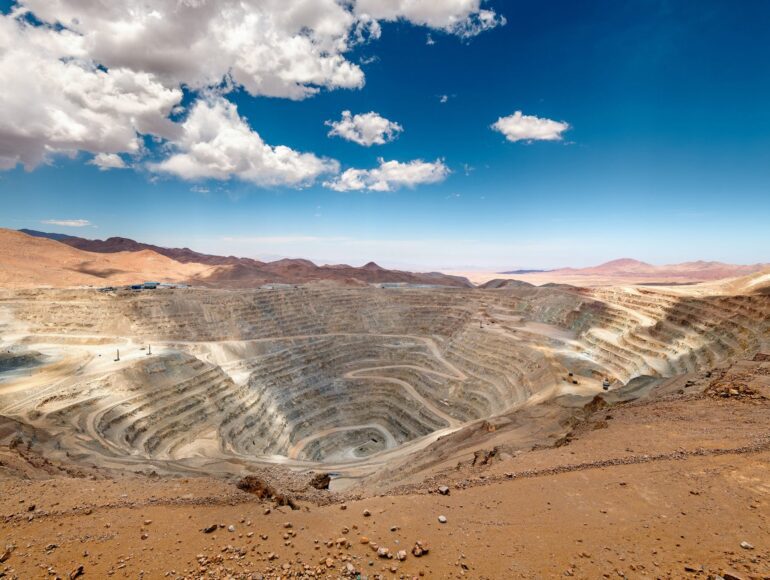TL;DR:
- BHP and Microsoft partner to utilize AI and machine learning for enhancing copper recovery at Escondida, the world’s largest copper mine.
- Digital technology is employed to optimize concentrator performance, improving copper yield.
- BHP’s Chief Technical Officer highlights the strategic importance of advanced digital technologies in mining’s future.
- BHP anticipates the need to double copper production over the next 30 years to support decarbonization technologies.
- Microsoft’s AI-driven recommendations, combined with real-time plant data, empower Escondida operators to fine-tune operational variables.
- BHP, a global copper production leader, has operated Escondida in Chile’s Atacama Desert for over 30 years.
Main AI News:
In a groundbreaking collaboration, BHP and Microsoft have harnessed the power of artificial intelligence and machine learning to revolutionize copper recovery processes at the world’s largest copper mine. This strategic partnership aims to optimize concentrator performance at BHP’s renowned Escondida operation in Chile, ushering in a new era of enhanced copper yield.
BHP’s Chief Technical Officer, Laura Tyler, highlights the significance of this venture, emphasizing that by blending cutting-edge digital technology with innovative operational approaches, the Escondida team is poised to extract greater value from their existing resource base. She asserts, “We anticipate that the mining industry’s next major breakthrough will be driven by the strategic utilization of advanced digital technologies. With diminishing ore grades in existing copper mines and a dwindling number of economically viable discoveries, the deployment of next-generation tools such as artificial intelligence, machine learning, and data analytics becomes imperative to unlock additional production and value from our current mining assets.”
BHP’s projections indicate a pressing need to double copper production over the next three decades, compared to the previous 30 years, in alignment with the evolving landscape of decarbonization technologies such as electric vehicles, offshore wind energy, and solar farms—integral components of its 1.5-degree scenario1.
John Montgomery, CVP of AI Platform at Microsoft, expresses enthusiasm for this transformative project, underscoring the potential of AI, machine learning, and cloud technologies. “We are excited to partner with BHP on this transformative project that demonstrates the power of AI, machine learning, and cloud technologies,” he remarks.
Through the amalgamation of real-time plant data from the concentrators and AI-driven recommendations from Microsoft’s Azure platform, operators at Escondida’s concentrators will gain the capability to fine-tune operational variables that directly impact ore processing and grade recovery. This dynamic synergy between data analytics and on-site operations promises to elevate the efficiency and productivity of copper recovery at the mine.
BHP, positioned as one of the top three global copper producers, boasts the most substantial copper endowment worldwide2. With a track record of over three decades, BHP’s operation of Escondida, an open-cut mine nestled in the Atacama Desert within the Antofagasta Region of northern Chile, exemplifies its commitment to sustainable resource management and technological innovation in the mining industry.
Conclusion:
The collaboration between BHP and Microsoft to harness AI and machine learning for copper recovery at Escondida signifies a significant advancement in the mining industry. It highlights the growing importance of digital technologies in optimizing resource utilization and meeting the rising demand for copper, driven by decarbonization initiatives. This innovation is poised to set a new standard for operational efficiency and productivity in the copper mining market, positioning companies that embrace such technologies for long-term success.

